Accounting > AQA QUESTION and MARK SCHEMES > solutions_manual_for_south_western_federal_taxation_2023_essentials (All)
solutions_manual_for_south_western_federal_taxation_2023_essentials
Document Content and Description Below
solutions_manual_for_south_western_federal_taxation_2023_essentialsCHAPTER 1 INTRODUCTION TO TAXATION SOLUTIONS TO PROBLEM MATERIALS PROBLEMS 1. (LO 1) Various answers are possible, including usi... ng the Key Terms at the end of each chapter, referring to the Glossary (Appendix C), looking up the footnote resources to the Internal Revenue Code in Appendix D, using chapter features (e.g., Global Tax Issues, Ethics & Equity, Tax Planning, and Digging Deeper), examining the tax forms used in the chapters, and completing additional endof-chapter assignments. All of these resources will help students engage more deeply with the materials and help their understanding. 2. (LO 3, 5, 6) Some tax and nontax considerations James should investigate include the following: • State and local income taxes. • State and local sales taxes. • State and local property taxes. • Employee implications of the move (Will James lose current employees? Is the labor market better in the new location? Is cost of living lower or higher in new location?). • Logistics/transportation of products to customers (specifically document lower costs). • State infrastructure (better in new location?). 3. (LO 1, 2, 3) A tax is regressive if it represents a larger percentage of the income of a low-income taxpayer relative to the income of a high-income taxpayer. Examples of regressive taxes include sales and excise taxes. A tax is progressive if it represents a larger percentage of the income of a highincome taxpayer relative to the income of a low-income taxpayer. The Federal income tax is an example of a progressive tax. 4. (LO 3) a. The parsonage probably was not listed on the property tax rolls because it was owned by a taxexempt church. Apparently, the taxing authorities are not aware that ownership has changed. b. Ethan should notify the authorities of his purchase. This will force him to pay back taxes but may eliminate future interest and penalties. 5. (LO 1, 6) (See Digging Deeper 1.) As to Adam Smith’s canon on economy, the Federal income tax yields a mixed result. From the standpoint of the IRS, economy exists as collection costs are nominal (when compared with revenue generated). The government's cost of collecting Federal taxes amounts to less than one-half of 1 percent of the revenue collected. Economy is not present, however, if one looks to the compliance effort and costs expended by taxpayers. According to recent estimates, about 56% of individual taxpayers who file a return pay a preparer, and one-third purchase tax software. ACCESS Test Bank for South Western Federal Taxation 2023 Essentials of Taxation Individuals and Business Entities 26th Edition Nellen mynursytest.store 1-2 2023 Essentials of Taxation/Solutions Manual © 2023 Cengage® . May not be scanned, copied or duplicated, or posted to a publicly accessible website, in whole or in part. 6. (LO 3) Jang probably will be required to pay the Washington use tax if, and when, he applies for Washington license plates. In this case, the use tax probably is the same amount as the Washington sales tax. See the discussion in connection with Example 14 in the textbook. 7. (LO 3) Although the Baker Motors bid is the lowest, from a long-term financial standpoint, it is the best. The proposed use of the property by the state and the church probably will make it exempt from the school district’s ad valorem tax. This would hardly be the case with a car dealership. In fact, commercial properties (e.g., car dealerships) often are subject to higher tax rates. 8. ((LO 3, 4) A possible explanation is that Sophia made capital improvements (e.g., added a swimming pool) to her residence and her parents became retirees (e.g., reached age 65). 9. (LO 5, 6) SWFT, LLP 5191 Natorp Boulevard Mason, OH 45040 February 25, 2022 Cynthia Clay 1206 Seventh Avenue Fort Worth, TX 76101 Dear Cynthia: I am writing this letter to help you decide on what form of entity to choose for your new food delivery business. In our phone conversation, you indicated that you expect to have losses for the first two years in this business and then make substantial profits in subsequent years. You and Marco also indicated that you are concerned about potential personal liability. While I can’t make a conclusive recommendation based on the information you have given me, I can provide you with some general guidelines that should simplify your decision. First, given your concern about personal liability, a partnership does not appear to be a desirable option (you would both be personally liable for any injuries to customers). Similarly, given your expectation of losses in the first two years, it does not appear that a C corporation would be a desirable choice, at least initially. This is because any losses in the corporation could only be used to offset future corporate profits—you could not use the losses to immediately offset your personal tax liability. Thus, two choices exist which provide limited liability and deductibility of losses on your personal income tax return. These are the S corporation and the limited liability company. If you choose an S corporation, we would probably convert the entity to a C corporation when the business becomes profitable. At that point, profits would be taxed at the C corporation rate. A second tax would be levied on your personal income tax return for any dividends paid by the corporation once it achieves C status. In contrast, limited liability companies are taxed like partnerships—all income would be taxed on your personal income tax return in profitable years. The relative desirability of each of these two forms depends on a number of factors. One of the most important factors in your situation is the relationship between your personal tax rate and the tax rate of a C corporation. If you are in a high tax bracket and if the income in the business is sufficiently low, you might be best off choosing the S corporation. Alternatively, if you expect the business to generate a sufficiently large profit each year, it might be best to choose the limited liability company. The qualified business income deduction for income from flowthrough entities along with the flat tax rate of 21% that applies to corporations also must be taken into consideration. ACCESS Test Bank for South Western Federal Taxation 2023 Essentials of Taxation Individuals and Business Entities 26th Edition Nellen mynursytest.store Introduction to Taxation 1-3 © 2023 Cengage® . May not be scanned, copied or duplicated, or posted to a publicly accessible website, in whole or in part. If you would like me to give you a clearer recommendation, we should meet at your earliest convenience. If you have any additional questions, please call me. Best regards, Julian Jackson, CPA 10. (LO 5, 6) a. Year 1 Year 2 Year 3 Corporate Tax Liability Sales revenue $150,000 $320,000 $600,000 Cash expenses (30,000) (58,000) (95,000) Depreciation (25,000) (20,000) (40,000) Taxable income $ 95,000 $242,000 $465,000 Corporate tax liability $ 19,950 $ 50,820 $ 97,650 Cash Available for Dividends Sales revenue $150,000 $320,000 $600,000 Tax-free interest income 5,000 8,000 15,000 Cash expenses (30,000) (58,000) (95,000) Corporate tax liability (19,950) (50,820) (97,650) Cash available for dividends $105,050 $219,180 $422,350 Ashley’s After-Tax Cash Flow Dividend received $105,050 $219,180 $422,350 Tax on dividend at 15% rounded (15,758) (32,877) (63,353) After-tax cash flow $ 89,292 $186,303 $358,997 PV of cash flow* $ 79,729 $148,521 $255,534 Total present value $483,784 *Present value factors (.8929, .7972, .7118) from Appendix E. b. Year 1 Year 2 Year 3 Individual Tax Liability Sales revenue $150,000 $320,000 $600,000 Cash expenses (30,000) (58,000) (95,000) Depreciation (25,000) (20,000) (40,000) Taxable income $ 95,000 $242,000 $465,000 Individual tax liability** $ 23,750 $ 60,500 $116,250 **Rate = 25% Ashley’s After-Tax Cash Flow Sales revenue $150,000 $320,000 $600,000 Tax-free interest income 5,000 8,000 15,000 Cash expenses (30,000) (58,000) (95,000) Individual tax liability (23,750) (60,500) (116,250) After-tax cash flow $101,250 $209,500 $403,750 PV of cash flow* $ 90,406 $167,013 $287,389 Total present value $544,808 *Present value factors (.8929, .7972, .7118) from Appendix E. ACCESS Test Bank for South Western Federal Taxation 2023 Essentials of Taxation Individuals and Business Entities 26th Edition Nellen mynursytest.store 1-4 2023 Essentials of Taxation/Solutions Manual © 2023 Cengage® . May not be scanned, copied or duplicated, or posted to a publicly accessible website, in whole or in part. c. If Ashley wants to have access to all available cash from the business, then she will have to pay out dividends annually. As seen in the answers to parts a. and b. above, the present value of future cash flows is substantially greater if she does not incorporate under this assumption. Alternatively, if she does not need to pay out dividends, then she may be better off by incorporating, since only the corporate tax will be incurred, which is less than her individual tax. The value of her stock will increase and she then can sell the stock at a later date at favorable capital gains rates. [Show More]
Last updated: 9 months ago
Preview 5 out of 130 pages

Loading document previews ...
Buy this document to get the full access instantly
Instant Download Access after purchase
Buy NowInstant download
We Accept:

Reviews( 0 )
$3.00
Can't find what you want? Try our AI powered Search
Document information
Connected school, study & course
About the document
Uploaded On
Oct 05, 2024
Number of pages
130
Written in
Additional information
This document has been written for:
Uploaded
Oct 05, 2024
Downloads
0
Views
43

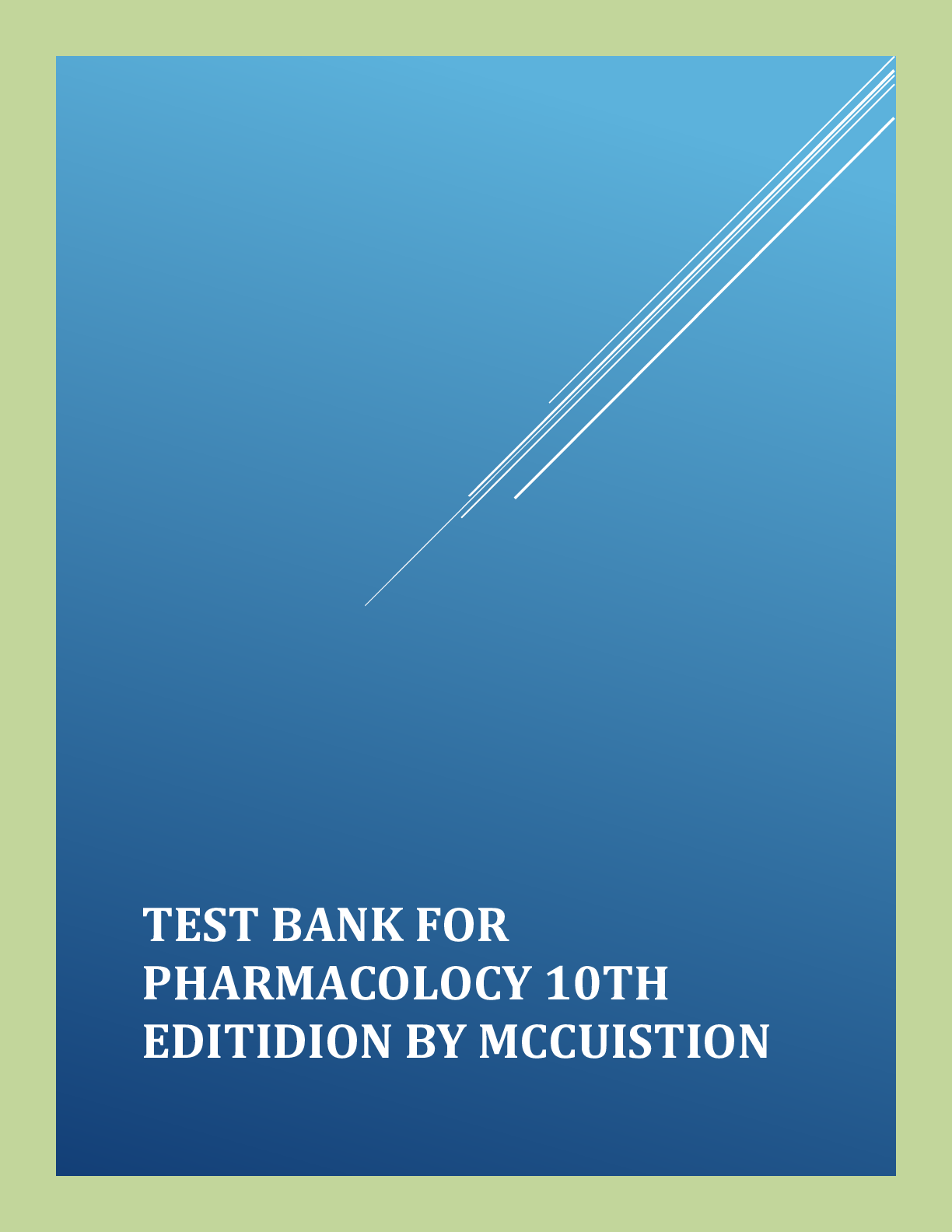
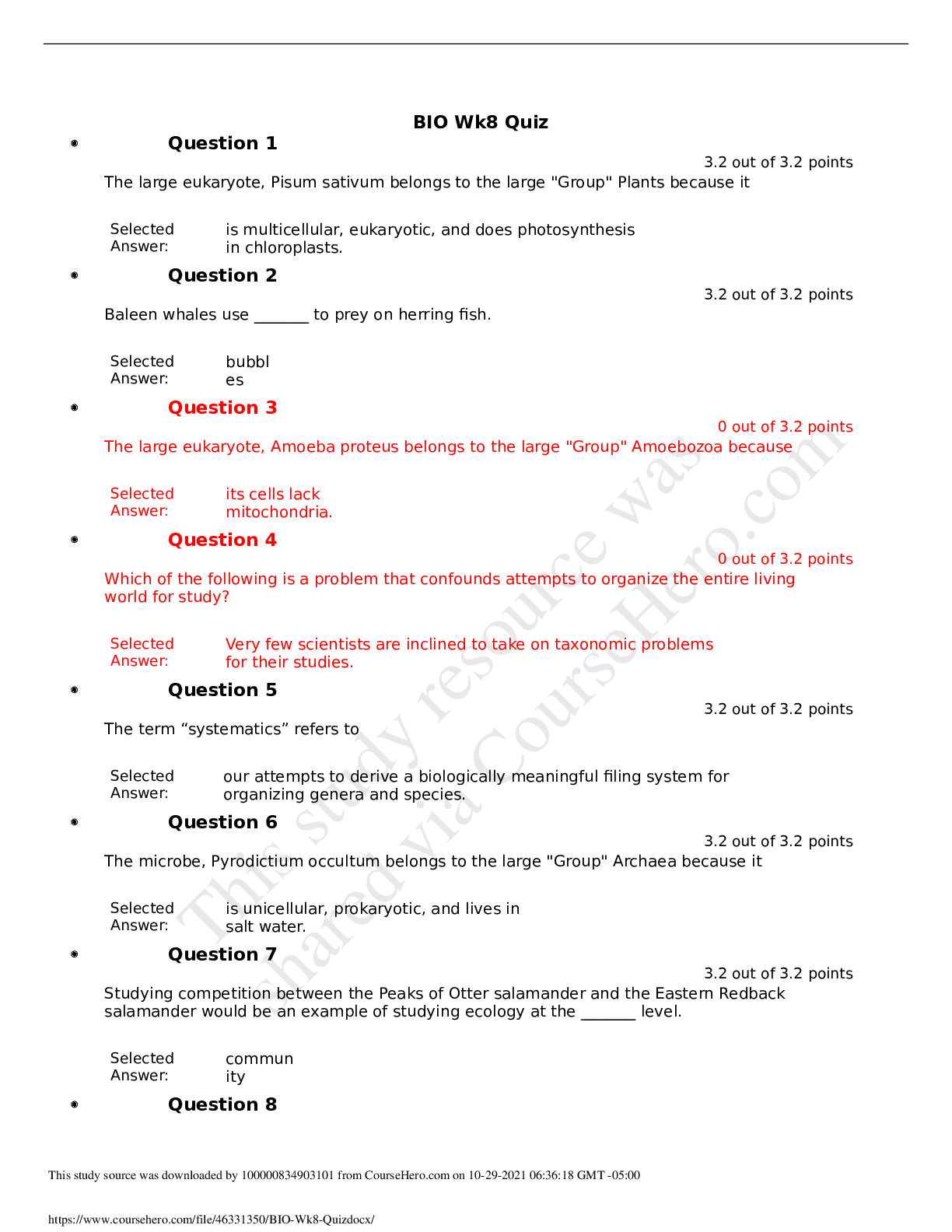





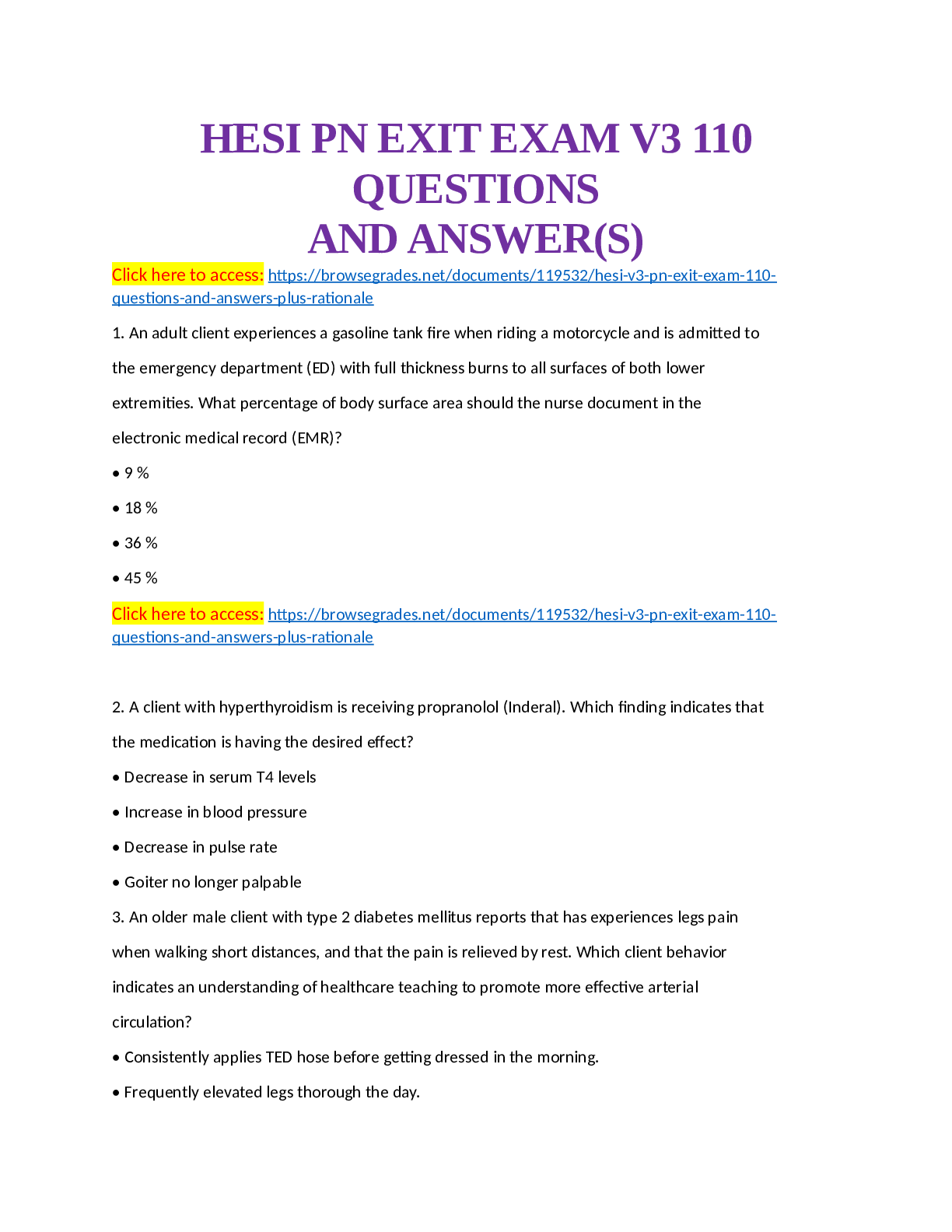

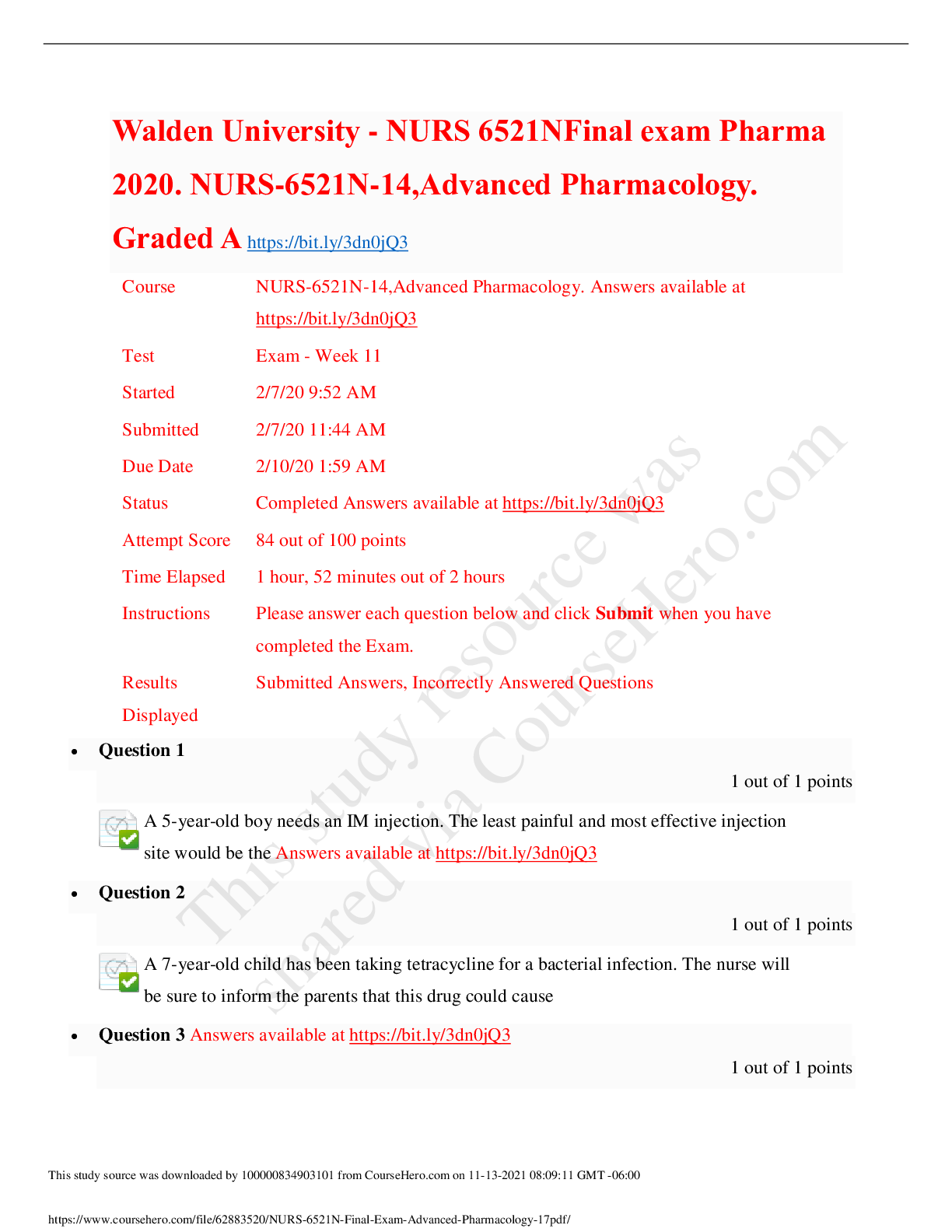
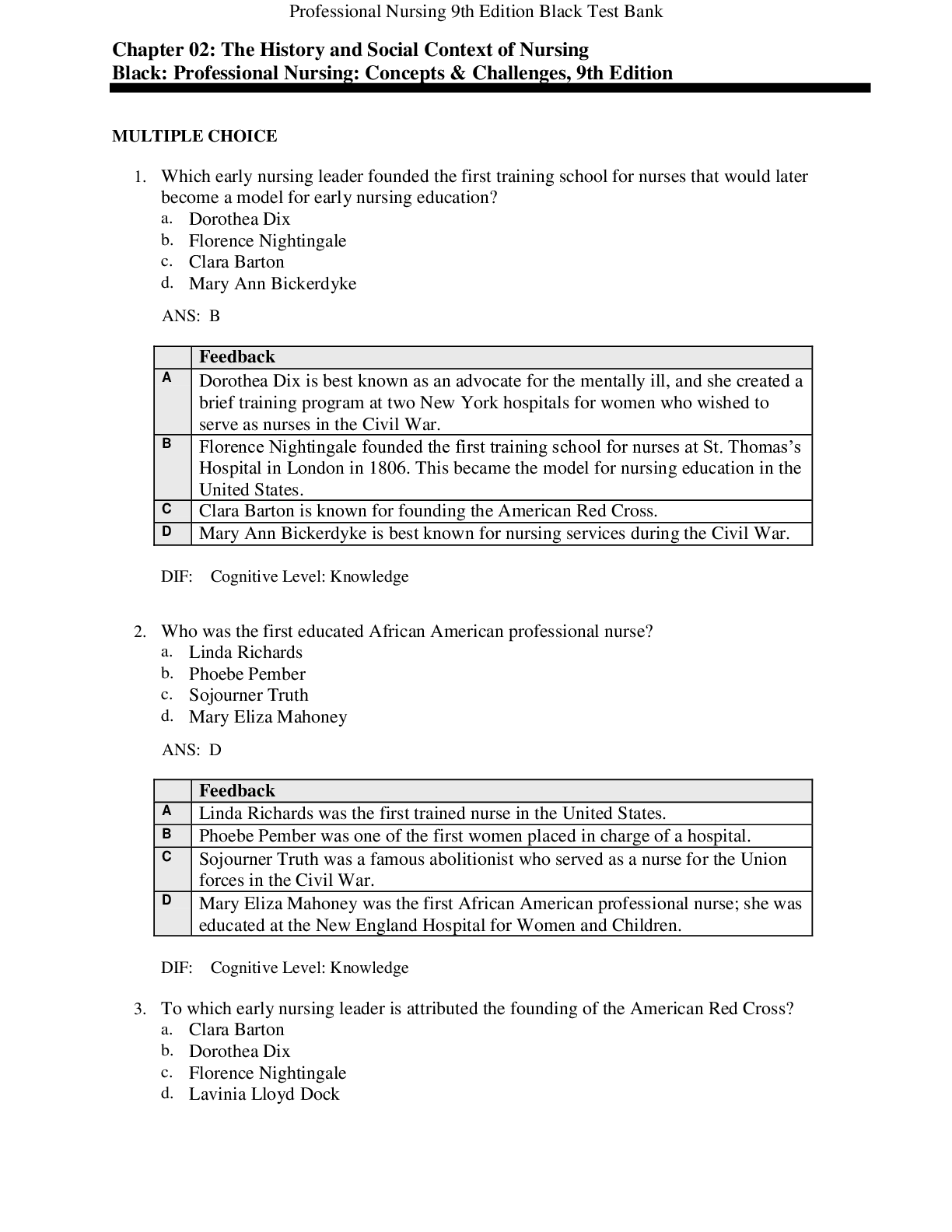








.png)



